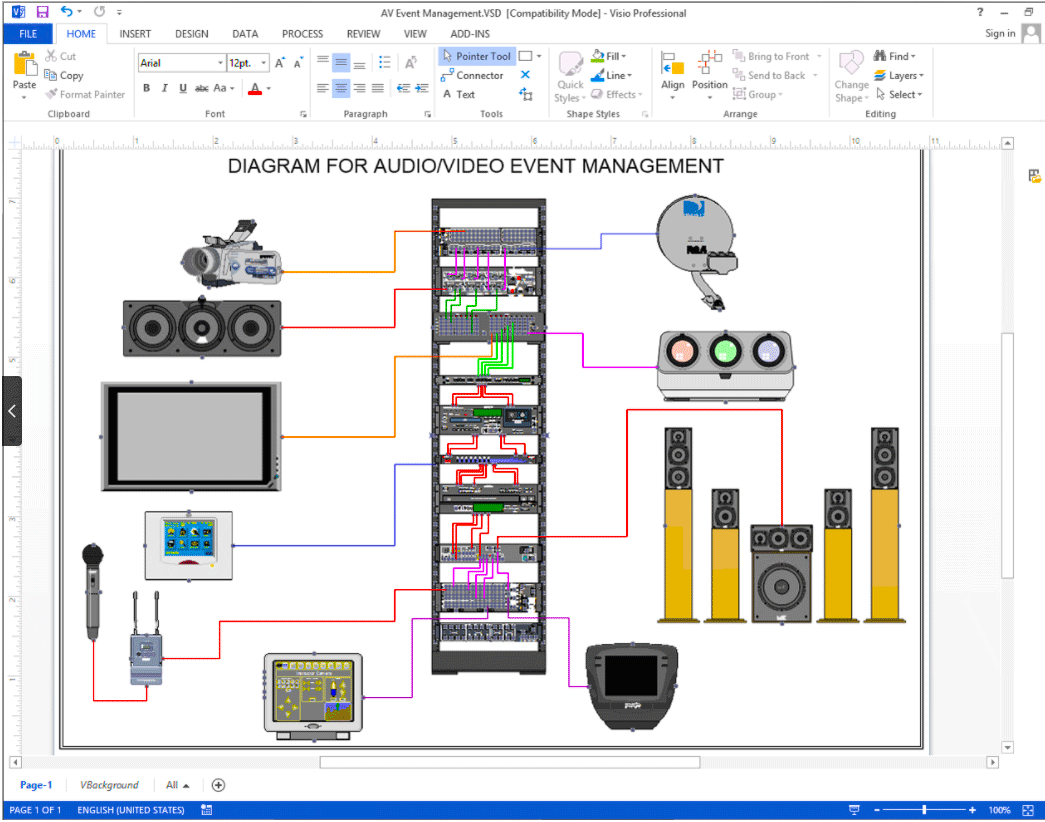Optimal Strategies for Placing Security CCTV to Improve Monitoring Effectiveness
Optimal Strategies for Placing Security CCTV to Improve Monitoring Effectiveness
Blog Article

Placing security cameras effectively efficiently remains essential for enhancing monitoring in different environments, including homes, businesses, and community spaces. The primary objective of security cameras is to discourage crime while also offering proof in case of events. To achieve this, it is essential to take into account several elements, including camera location, field of vision, and the specific areas that require monitoring. By understanding these factors, individuals as well as organizations can develop a comprehensive surveillance strategy that maximizes the efficacy of their surveillance systems.
One of the initial steps in positioning surveillance cameras involves to determine critical locations that need surveillance. High-risk zones, including entrances, exit points, parking areas, and locations with valuable items, should be given priority. It is crucial to consider areas not visible, that are locations that may not be seen from certain angles. By mapping out these key locations, security staff can ensure that all nook remains observed, reducing the likelihood of illegal actions going unnoticed. Additionally, placing cameras at strategic points can assist form a comprehensive perspective of the premises, enabling for better overall surveillance coverage.
The field of a surveillance system is another important factor to take into account. Different kinds of cameras provide different ranges of vision, which can affect how much space is recorded in the footage. For instance, broad-view cameras can monitor bigger spaces, making them perfect for spacious areas, whereas pan-tilt-zoom cameras can be modified to focus on particular features. When positioning surveillance systems, it is essential to select the right type based on the area being monitored. This ensures that the camera can record clear images and offer valuable information in the event of an occurrence.
Height and angle of installation also have a significant role in the effectiveness of surveillance cameras. Surveillance systems should be installed at a level that is out of grasp of potential interference but also enables for clear viewing of identifying features and other identifying details. A typical suggestion is install cameras at least eight to ten feet off the floor. Additionally, the tilt at which the camera remains positioned can affect its ability cctv camera installation for factories to capture important information. Surveillance systems should be angled to minimize reflection and prevent blockages, ensuring that they can record sharp video at all times.
Finally, regular upkeep and improvements to the surveillance camera are crucial for sustained effectiveness. This includes inspecting system performance, cleaning lenses, and ensuring that firmware is up to date. Frequent evaluations of the monitoring strategy can help detect any additional blind spots or areas that might need additional coverage. By remaining vigilant and making necessary adjustments, individuals as well as entities can enhance their surveillance effectiveness and guarantee that their surveillance systems continue to fulfill their designated purpose.